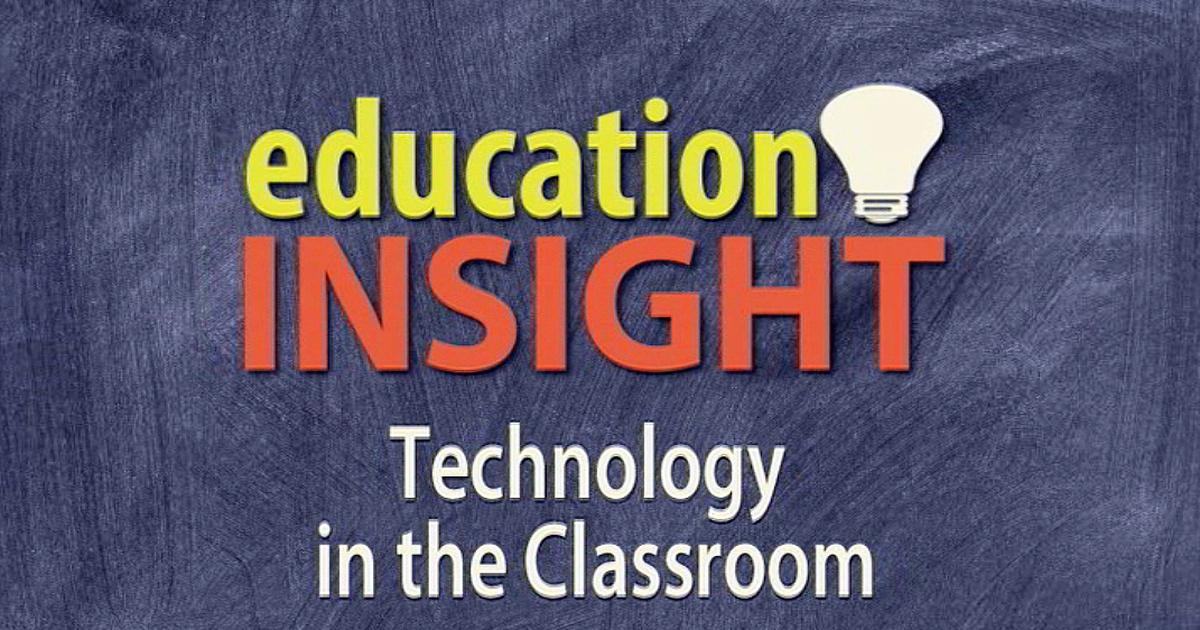The Role of Education in Structure a Comprehensive Educational Website for All
The function of education in establishing a comprehensive instructional website for all is significantly identified as necessary in today's varied culture. This questions invites further expedition right into the dynamics of academic equity and efficiency.
Importance of Inclusivity

When academic sites focus on inclusivity, they develop a society of belonging where every pupil really feels valued and equipped. This atmosphere encourages active participation, cooperation, and common regard among students, assisting in more powerful interpersonal relationships. Comprehensive techniques contribute to improved scholastic end results, as trainees are much more likely to involve with the educational program when they see their identifications shown and respected - School Drillers Education Insight.
Furthermore, inclusivity prepares pupils for a diverse labor force and society, equipping them with the abilities necessary to browse and contribute favorably to varied atmospheres. By embracing inclusivity, instructional websites not only meet their ethical commitments however also enhance the instructional landscape, inevitably profiting students, instructors, and the neighborhood at large. Fostering inclusivity is necessary for the development of fair and efficient education.
Leveraging Innovation for Knowing
Incorporating technology right into instructional websites boosts inclusivity by giving diverse understanding devices and resources customized to private demands. Digital platforms permit the assimilation of multimedia sources, such as videos, interactive simulations, and gamified learning experiences, which accommodate differing learning designs. This accessibility guarantees that students can involve with web content in manner ins which resonate with them, promoting a much deeper understanding of topic.
Additionally, technology helps with real-time responses and personalized knowing pathways. With adaptive knowing innovations, academic sites can evaluate private performance data, enabling tailored content distribution that fulfills each student's rate and effectiveness degree. This technique not only improves interaction but also empowers students to take ownership of their learning journey.

Cutting-edge Training Methods

One famous method is project-based learning (PBL), which motivates students to participate in hands-on projects that address intricate questions or obstacles. This technique fosters cooperation, imagination, and problem-solving abilities, all of which are vital in today's labor force. Similarly, flipped classrooms have actually obtained traction, where conventional knowing is turned around; students evaluate lecture products in the house and engage in interactive activities during course time, promoting deeper understanding Get More Information and retention.
Another significant pattern is the assimilation of gamification into education. By incorporating video game aspects right into lessons, instructors encourage learners and improve engagement through competitors and incentives. In addition, differentiated direction tailors learning experiences to satisfy the varied requirements of trainees, permitting individualized learning paths that adjust to varying capacities and passions.
Collaboration and Area Building
Often, cooperation and neighborhood structure are acknowledged as essential elements of reliable education, fostering a comprehensive and encouraging learning atmosphere. These components produce a framework where trainees, teachers, and community members can engage in purposeful interactions, boosting the academic experience for all participants.
Cooperation motivates the sharing of concepts, resources, and proficiency, facilitating a richer discovering process. This dynamic aids to break down silos within the academic ecosystem, promoting interdisciplinary strategies that can deal with intricate issues. By working with each other, educators can establish cutting-edge curricula that show varied perspectives while meeting the varied requirements of students.
Area building goes together with cooperation, as it cultivates a feeling of belonging among all stakeholders. They are extra most likely to spend time and resources into cumulative objectives when people feel connected to their educational community. This shared commitment can bring about enhanced inspiration, improved academic end results, and better retention rates.
Additionally, promoting partnership and area structure can additionally expand beyond the class, entailing parents, regional companies, and businesses. These partnerships can provide support and resources that enhance educational opportunities, inevitably adding to an extra detailed educational website for all.
Gauging Success and Impact
The efficiency of cooperation and community building in academic setups can be analyzed via different metrics that gauge success and sites impact. These metrics may include trainee engagement degrees, scholastic performance, retention rates, and community feedback. By employing measurable information such as examination ratings and graduation rates, educational stakeholders can gauge the overall effectiveness of joint campaigns.
In addition, qualitative evaluations, such as surveys and emphasis groups, give useful insights into participant fulfillment and regarded benefits of community-building activities. Consistently tracking these metrics enables educators to recognize areas of toughness and those requiring renovation, ensuring that collaborative efforts remain focused and impactful.
Furthermore, longitudinal research studies can assist measure the lasting effects of instructional partnerships on pupil results and neighborhood growth. These analyses can disclose trends gradually, highlighting just how continual collaboration cultivates an environment for finding out and advancement.
Inevitably, specifying success in instructional settings requires a multifaceted approach, integrating both measurable and qualitative information. By constantly reviewing the impact of partnership and community-building efforts, instructional sites can fine-tune their techniques, guaranteeing they meet the varied requirements of all stakeholders entailed.
Verdict
In verdict, education and learning serves as a keystone in developing a thorough academic website that focuses on inclusivity for all students. Ultimately, the commitment to inclusivity and equity prepares trainees for success in a varied and interconnected world, enhancing the transformative power of education.
The importance of inclusivity in academic websites can not be overemphasized, as it plays website link a vital function in promoting a learning atmosphere that fits varied histories and capabilities. Inclusivity ensures that all pupils, regardless of their socio-economic standing, ethnic background, sex, or finding out capacities, have equitable accessibility to instructional resources and possibilities.When instructional websites focus on inclusivity, they develop a society of belonging where every student really feels valued and equipped. By embracing inclusivity, instructional sites not just meet their ethical commitments but additionally enrich the educational landscape, eventually profiting students, teachers, and the area at large.The effectiveness of collaboration and area building in academic settings can be examined through different metrics that measure success and influence.